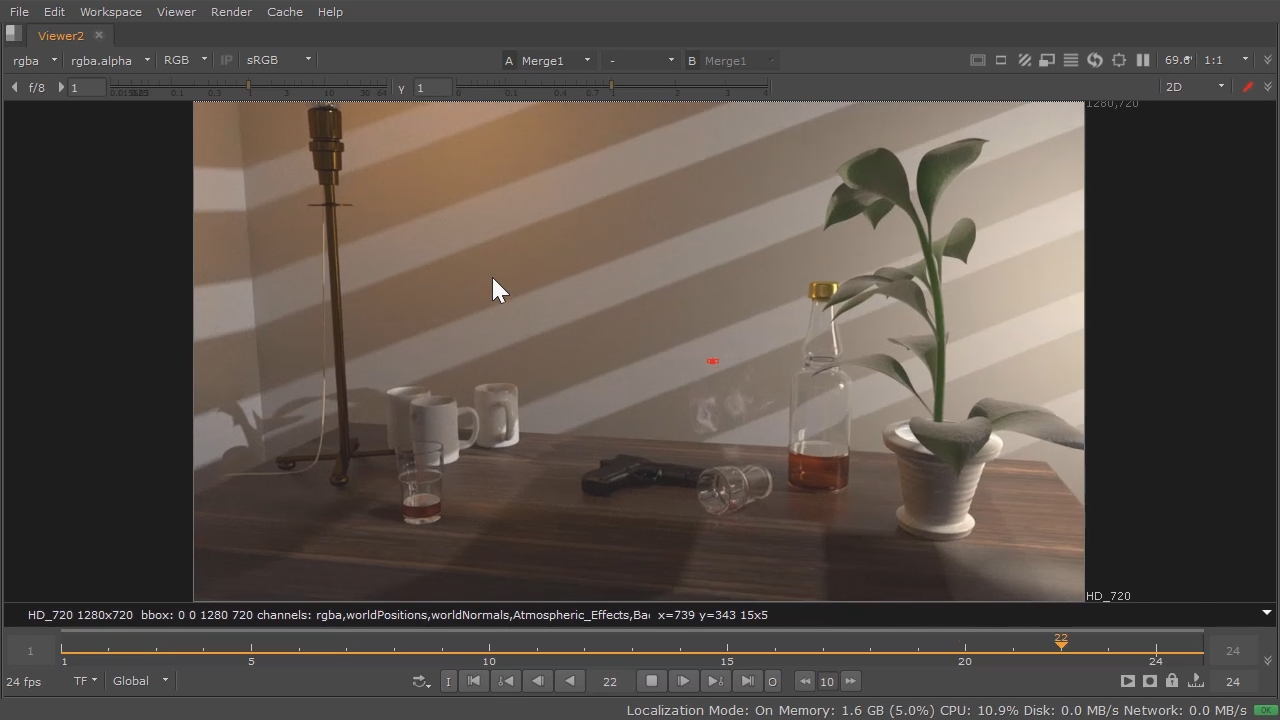
My transparent shadow map rendering pixel shader can be found here. This can be used for many interesting effects. That’s it, I think this is a worthwhile technique to include in a game engine. The secondary depth buffer will support one layer of transparency (it should be the closest transparent layer to the light), so it’s not perfect, but things rarely are in real time rendering! Since the multiplicative colors don’t care about alpha at all (however, the color is multiplied with alpha – 1 as a transparency factor), this is safe to use with a MAX blend operator (or MIN if you don’t use reversed Z):Īlso use a texture format with alpha channel such as R16G16B16A16_FLOAT This way, tinting volumetric light becomes possible because light between light and transparent object must be not tinted (rejected based on secondary depth). UPDATE: You can use the alpha channel of the transparent shadow map as a secondary depth buffer. Textured shadows, which can be used as a projector for example, just put a transparent textured geometry in front of a light: What’s more interesting, are the additional effects we can achieve with transparent shadow maps:

But unfortunately now when a transparent receives a colored shadow, its own transparent shadow color will also contribute to itself. This will eliminate false self shadows from transparent objects. In my experience you can also have the transparent depth in the color texture’s alpha channel, to refine the results. Only multiply the light with the shadow filter color texture when the transparent shadow check fails. But use the opaque shadow map’s depth stencilĪnd in the shading step, now there will be two shadow map checks, one for the opaque, one for the transparent shadow maps.Render transparent again to color filter render target.Clear shadow color filter texture (like in the simple approach).The flow of this technique is like this (from a Blizzard presentation): This involves keeping an additional shadow depth map for transparencies. There is a technique which would allow us to render colored shadows on top of transparents too. See it in action, transparents are rendered without colored self-shadows:īut they receive shadows from opaque objects just fine: We can already produce nice effects with this, this is not a huge price to pay. The simplest fix is to just disable the colored part of the shadow calculation for transparent objects. Transparent objects now receive their own colored self shadow too.

There is a slight problem with this approach, that you will notice immediately. When reading shadow maps in shading passes, we only need to multiply the lighting value with the transparent shadow map color filter if the pixel is inside the light. Apply depth stencil state with depth read, but no write.Clear render target to 1,1,1,0 (RGBA) color.Bind render target for shadow color filter: R11G11B10 works good.Render opaque objects into depth stencil texture from light’s point of view.Sorting does not matter with a multiply blend state. The transparents should be blended multiplicatively. After the opaque shadow pass, we must render the transparents into a color buffer, but reject samples which would be occluded by opaques, so using a depth read-only depth stencil state. The implementation is really simple once you have implemented shadow mapping for opaque objects.


 0 kommentar(er)
0 kommentar(er)
